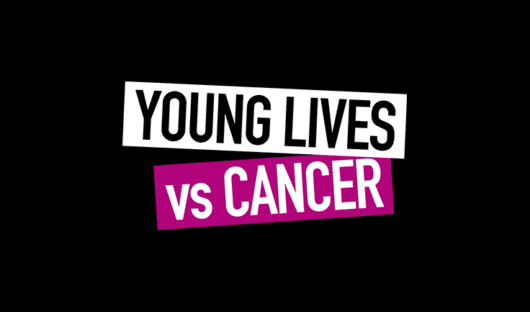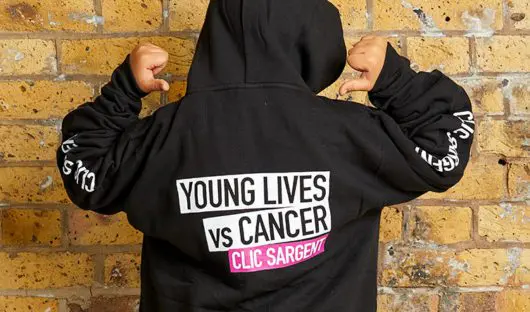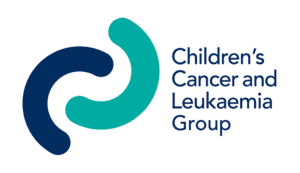Chemotherapy
Chemotherapy is the use of anti-cancer (cytotoxic) drugs to destroy cancer cells. Children usually have a combination of chemotherapy drugs. The number of drugs your child has will depend on the type of cancer or leukaemia they have. The doctors will explain to you which drugs are being used and when they will be given.
Chemotherapy drugs affect dividing cells. This includes some normal cells, such as those in the lining of the mouth, bone marrow, the hair follicles and the digestive system. Healthy cells can repair the damage caused by chemotherapy but cancer cells can’t, so they eventually die.
Chemotherapy can be given in different ways – either as tablets, capsules or liquids that are swallowed, or by injection. There are many technical terms used to describe how the drugs are given. You will see these on your child’s drug chart and on treatment plans (protocols).
Common terms are:
- intravenous or IV – injection into a vein
- oral, PO, O or by mouth – tablets, capsules or a liquid that is swallowed
- intramuscular or IM – injection into muscle
- subcutaneous or SC – injection under the skin
- intrathecal or IT – by lumbar puncture.
Whichever way chemotherapy drugs are given, they are absorbed into the bloodstream and carried around the body so they can reach and destroy cancer cells.
This makes chemotherapy especially useful in treating cancers that are likely to spread, or have spread, to other parts of the body.
Planning treatment
Chemotherapy has to be planned carefully. It is usually given as a series of sessions of treatment. Each session destroys some of the cancer cells and will cause some damage to healthy cells. After each treatment, there’s usually a rest period to allow the healthy cells to recover before the next dose. A session of chemotherapy and the rest period is known as a cycle of treatment. A series of cycles make up a course of treatment.
How chemotherapy is given
There are many different ways of giving chemotherapy. Sometimes, high doses of the drugs are given intensively over a short period of time, or they may be given as lower doses over a longer period.
Intravenously (through the vein) is the most common way of giving chemotherapy either through a central line, implantable port or PICC line. These are tubes which are inserted into a vein and can stay in place for some months. They can be used for taking blood as well.
Usually the doctors will suggest which type of line your child should have, although you may be offered a choice. The chemotherapy drugs are usually diluted into a bag of liquid such as saltwater (saline) and given as a drip (infusion) through the line.
Sometimes, treatment is given through a thin tube, which is inserted into a vein and then taped firmly to your child’s arm. This is called a cannula. A cannula only stays in place for a few days.
More about central lines
A central line (central venous catheter) is a thin, flexible, plastic tube, that’s inserted into a vein usually near the collarbone. A central line is often called a Hickman line, after the person who developed it. It is put in under a general anaesthetic. The surgeon makes a small cut into a vein near the collarbone and feeds the tube down until the tip is in one of the large veins near the heart.
The other end of the tube is then tunnelled under the skin and comes out on the front of the chest. A removable bung is attached to the end of the line, which allows samples of blood to be taken or medicines to be injected. It can also be used to give blood or platelet transfusions.
A central line needs to be kept dry while showering or bathing – a plastic dressing can be used for this. The central lines have clamps on them which should be closed when the line is not being used.
More about portacaths
Some tubes don’t come out through the skin. Instead, they end in a reservoir or port that is under the skin below the collarbone, so they aren’t clearly visible.
These are known as implantable ports or portacaths. Implantable ports are put in under a general anaesthetic. A small needle is pushed through the skin into the port to give chemotherapy or take blood. The skin over the port can be numbed beforehand with an anaesthetic cream (such as Ametop® or Emla® cream) or spray (such as Cryogesic®). The needle can stay in place for up to seven days and is secured in place by a dressing.
More about PICC lines
Occasionally, your doctor may suggest that your child has a long, thin tube put into a vein in the crook of their arm. This is called a peripherally inserted central venous catheter (PICC). It’s put in under local or general anaesthetic. Once in place, the PICC line is taped firmly to your child’s arm to prevent it being pulled out of the vein. It can stay in the vein for many months. A PICC line needs to be kept dry while showering or bathing – a plastic dressing can be used for this.
Looking after a line or port
Before your child goes home, the nurses will show you how to care for the central line, PICC line or implantable port. Make sure you feel confident with this and don’t be afraid to ask any questions. If you have any problems with the line when you’re at home, contact the hospital staff.
There are four potential problems that can happen with them: blockage, infection, falling out and splitting.
Blockage
Occasionally, lines or ports may become blocked. This can happen if the tip of the line lies at an odd angle against the wall of the vein. Sometimes the line gets clogged up, even if it has been flushed with liquid regularly. If this happens, drugs can be put into the tube to dissolve the blockage so the line can be used again. Your child may also have a linogram (a special x-ray) to show the position of the tube.
Infection
Despite being carefully looked after, some lines or ports become infected. If infection occurs, antibiotics are given. But if these don’t clear the infection, the line may need to be removed and, if necessary, replaced.
Falling out
Rarely, a central line or PICC line may fall out or move because a child pulls on the tube by accident when they are playing or sleeping. Fortunately, if a tube does fall out, the blood clots quickly and seals up the wall of the vein. Some blood may ooze down the tunnel under the skin where the line was. However, the blood usually clots and seals off the tunnel very quickly. The hospital staff will tell you what to do if this happens.
Splitting
Rarely some central lines can split or puncture during flushing. If this does happen then a clamp is usually put on straight away to avoid blood leaking and infection. Sometimes split lines can be fixed with a simple puncture repair kit. Other times the central line may need to be replaced.
This information was written by the Children’s Cancer and Leukaemia Group (CCLG)
You might also want to look at
What should I know about my child’s treatment?
From me to you: parents share their thoughts on what they would've liked to have known before treatment.
Find out more
Side effects of chemotherapy
Chemotherapy side effects that children may have and what can be done about them.
Find out more
Help your child cope with side effects of cancer treatment
Every child copes differently with treatment and side effects. Here's what to expect.
Find out more
